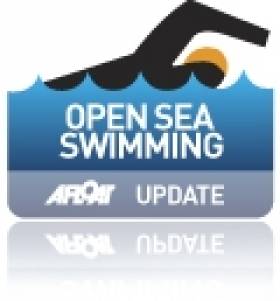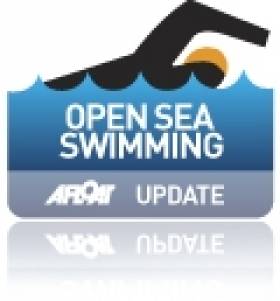Displaying items by tag: Dublin City Council
Lord Mayor to Fire Starting Gun at Dublin's Liffey Swim
This Saturday, 11th September, the Dublin City Council sponsored Liffey Swim celebrates its 90th anniversary as 237 men and 114 women take the plunge, having completed 4 qualifying races on the 2010 Leinster Open Sea Swim Calendar. Dublin's Lord Mayor, Gerry Breen will fire the starting gun for the men's race at 13.30hrs and the women's race at 14.15hrs. The 2.2 kilometre swim begins at Rory O'More Bridge, Watling Street and finishes at the Custom House.
The Swim is open to competitors of all ages, abilities and nationalities, with teenagers pitting their strengths against 70 year olds and club swimmers from all over the country competing against their international counterparts. Don Barry is the oldest competitor at age 70 while Charlie McCarthy is the youngest at age 12.
According to the Lord Mayor, "the City Council is proud to sponsor the Liffey Swim which is a one of our landmark events in Dublin this year, to mark our designation as European Capital of Sport. I applaud the efforts of Swim Ireland, Leinster Region Open Sea Committee, who do an excellent job working closely with the City Council in successfully delivering this uniquely Dublin event, year after year. Attracting as it does a growing number of competitors from home and abroad, the Swim is highly regarded. I would also like to like to wish my colleague on the Joint Policing Commission, Assistant Gárda Commissioner, Mick Feehan the very best of luck in the race – I think he'll need all the luck he can get up against such stiff competition".
"There is something for people of all ages to enjoy at the event, with face-painters, performing clowns and live music from the Artane Boys Band on offer at Custom House Quay during the race. I encourage everybody in Dublin on Saturday afternoon to follow the race along the quays and cheer on the swimmers, from the many great vantage points along the Liffey walls, bridges and boardwalks", said the Lord Mayor. "It's a physically demanding race but a great day out for both competitors and spectators".
The race will feature 3 generations of 1 family swimming: John, Sharon and Hayley Pickering. The winner of last year's men's race, Pat O'Driscoll, will be again joined in the race by his son Daire who recorded the fastest time in last year's men's race. John McCarthy will be battling it out with his 12 year old son Charlie, who will be the youngest competitor in the race.
This year's race also includes a number of Irish swimmers who have completed the gruelling English Channel swim: Julie-Ann Galloway, Lisa Howley, Ann McAdam and Eoin Gaffney.
Up to 300 Expected for Annual Liffey Swim
The Men's Race starts at 1.30pm and the Women's Race starts at 2.15pm. Every year over 200 men and 80 women enter the race which passes the Four Courts, the Ha'penny Bridge and many other famous Dublin landmarks.
This unique event has been attracting thousands of spectators for over 90 years and everyone is invited to come and support on the day.
Entries for the race are now closed. All competitors have to finish four of Swim Ireland's 'open water' swimming events.






























































